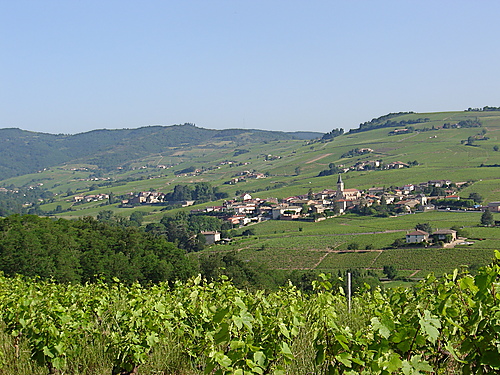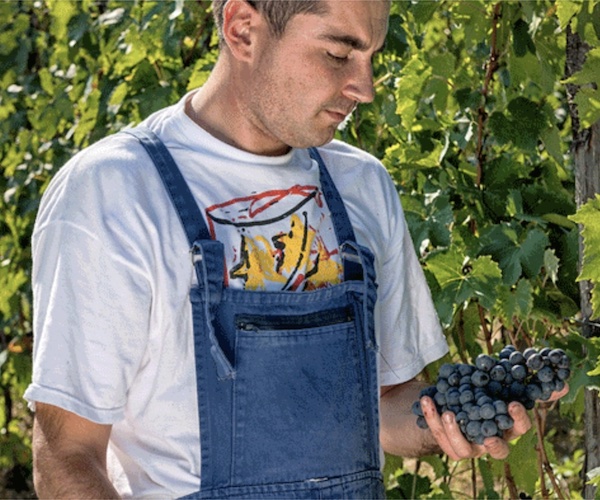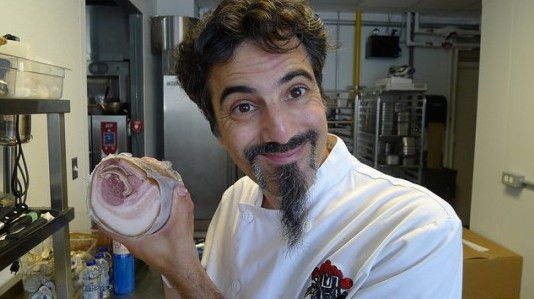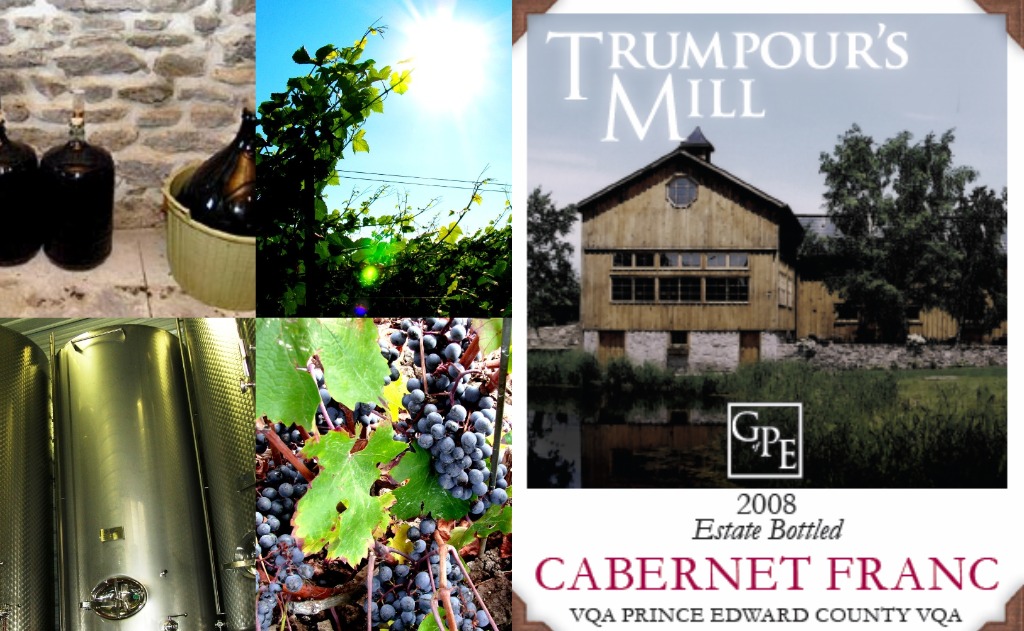Malcolm Jolley mines the Gremolata archives and finds Jamie Drummond…
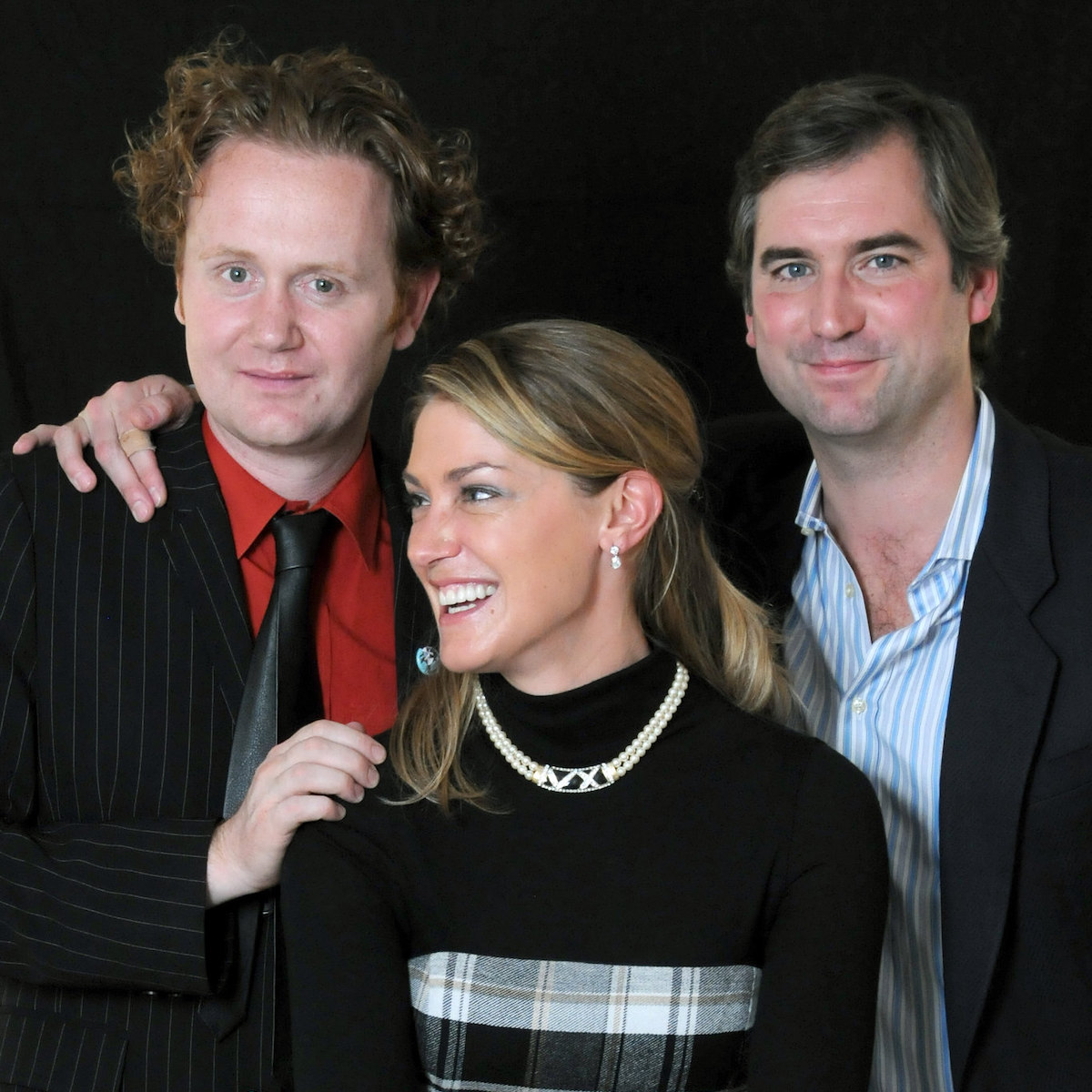
Jamie and I with Arlene Stein at the Good Food Media launch, November 2009. Photo: Jo Dickins.
In the first decade of the century, before smart phones and social media there were just plain old websites. Gremolata.com, the first website in Canada to publish as a food and wine magazine was begun in 2004 by yours truly and had a decent run until 2009, when it all fell apart. I am not one to dwell on the past, and have spent the past decade looking forward at Good Food Revolution with Jamie Drummond. But when a former writer for Gremolata asked me to pull an article he had written from my archives I had a look around for the first time in a long while and thought some of it might be worth sharing again.
Gremolata covered the Toronto food and wine scene during heady times. And one of the people at the centre of the storm was Jamie Drummond, who was the sommelier at Chef Jamie Kennedy’s Wine Bar. The Wine Bar was not only renown for its kitchen and cellar, but also for its then revolutionary no reservations policy. It was where everyone wanted to be and all very glamorous. Around the time I interviewed Jamie, in the summer of 2006, he had started a ‘Monday Salon’ at the Spoke Club for industry people (chefs, sommeliers, wine agents and winemakers) he thought would be interesting to hang out with. He also invited journalists, and I was very much flattered to receive an invitation. I don’t remember all the details, but I do remember staying much later than the appointed time and discovering this Drummond character and I got along very well. I asked him shortly after if he would sit for a ‘Gremolata Interview’ and he agreed. We met at Allen’s on the Danforth and sat drinking pints of beer for several hours in the back patio. We had a great time but not much of what I recorded made a lot of sense. There may be some of the transcription of that meeting in the words below, but I suspect most of it was from more soberly exchanged emails from the days after. I find reading it particularly fun given Jamie’s popular sommelier interview series at GFR: Young Blood Sommeliers and Old Bastard Sommeliers. So, here’s two old bastards chatting when they had younger blood.
JAMIE DRUMMOND INTERVIEW – AUGUST 2006
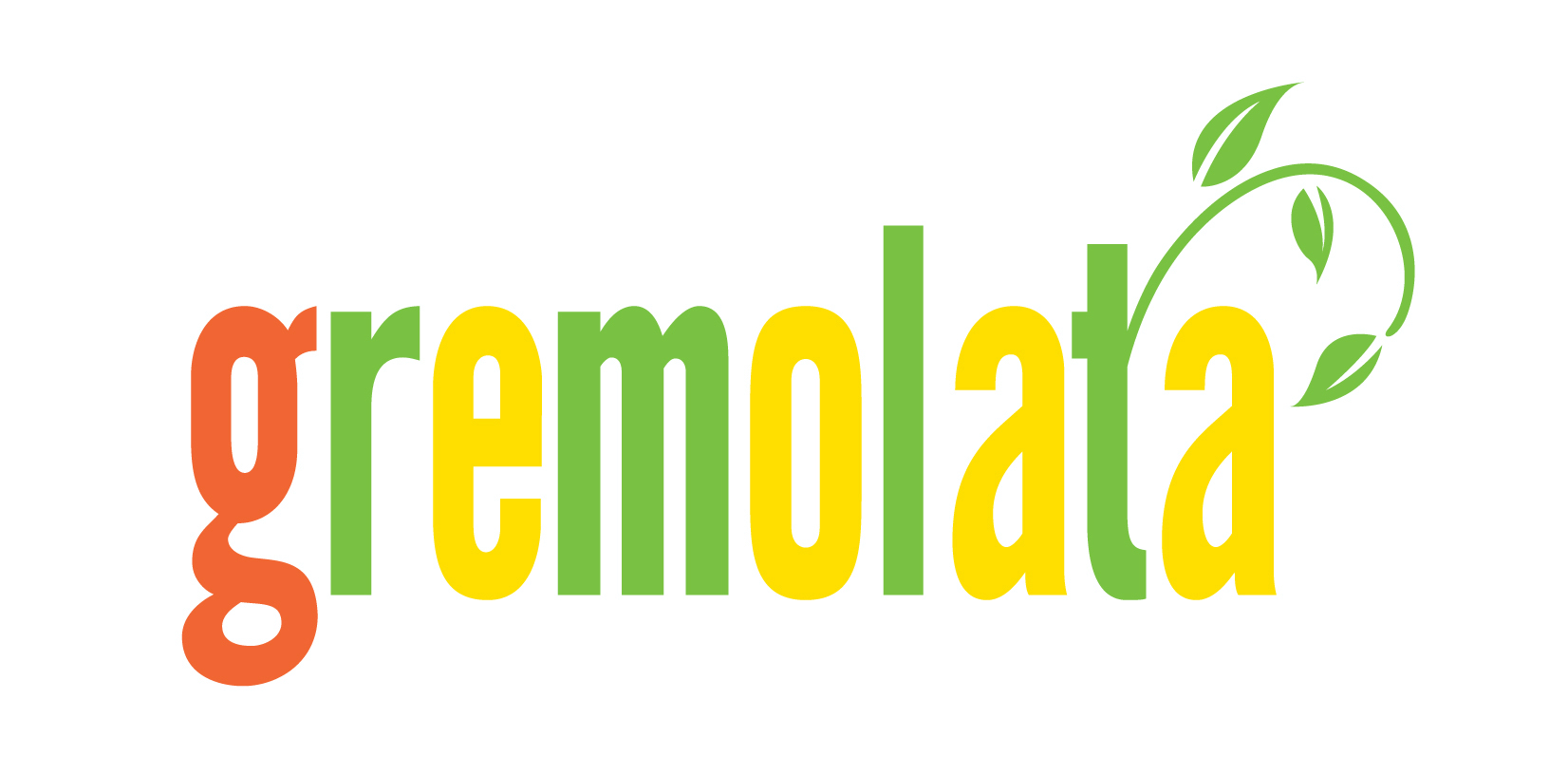
Gremolata: When you buy wine for the Jamie Kennedy restaurants, are you buying for yourself or for your customers?
Jamie Drummond: Well, if I only bought for myself, I don’t think that would work. So, yes I do buy wine with our customers in mind, but at the same time I don’t succumb to – I don’t know – buying Yellow Tail just because some people like to drink it. Does that make sense?
G: Sure.
JD: I don’t buy populist wines, except for the one that I do buy every year: Cloudy Bay. Now, I’m not a big fan of Sauvignon Blanc, personally. But it does sell, so I buy a few cases before it hits the LCBO. And that’s it.
G: That wine seems to have a sort of cult following, for a relatively large producer. Is it an Ontario thing?
JD: No, no. I think it’s just that it was one the first New Zealand Sauvignon Blancs to get anything beyond local recognition. I tend to find the New Zealand Sauvignon Blancs monochromatic. High resin, green, herbaceous. But a lot of people love that. I don’t think of myself as a numbers guy, but it’s true that whenever there’s a Sauvignon Blanc on the wine bar list, whether it’s from New Zealand, South Africa or the Loire Valley, it’s always the top seller by the glass.
G: Is that relationship the reverse for Chardonnay? Chardonnay doesn’t seem to get a lot of popular respect these days.
 JD: I don’t really think so because there’s lots of very good quality Chardonnay out there. I have no real way of measuring it by looking at the numbers, but I have a feeling that between 70 to maybe 80% of the people who come into the wine bar tend to go with the pairings. And there are lots of dishes that lend themselves to a Chardonnay, so they’ll try the recommendation. On the other hand, Sauvignon Blanc is very versatile, so there may be more dishes on the menu matched that way.
JD: I don’t really think so because there’s lots of very good quality Chardonnay out there. I have no real way of measuring it by looking at the numbers, but I have a feeling that between 70 to maybe 80% of the people who come into the wine bar tend to go with the pairings. And there are lots of dishes that lend themselves to a Chardonnay, so they’ll try the recommendation. On the other hand, Sauvignon Blanc is very versatile, so there may be more dishes on the menu matched that way.
G: But what do you like to drink?
JD: Actually, if you do look at the lists I put together, you can tell what my current passions are. Right now I’m going really crazy for Ontario Riesling. I recently had verticals from Cave Spring and from Henry of Pelham that were fascinating. Riesling in one of the things Ontario does quite well, and it was great to taste 96, 97, 98 and 99. We can actually do something like this at the restaurant, too.
G: What about red?
JD: I’ve recently spent a lot of time in Sonoma County and have come to fall in love with Zinfandels. I’ve sourced out Zinfandels I find really interesting. There not you’re common garden variety. G: I think of Zinfandels as being really powerful.
JD: I love those, but others are very, very elegant. They’re being made in the Bordeaux-style – far more medium body. They’re not the ‘kick-you-up-the-arse-wines’ that you usually get here.
G: What about what you can get here? What are you buying at the LCBO, or do you ever bother with the LCBO?
JD: One of my favourite wines from the LCBO is being de-listed! It’s a famous international brand and a fantastic value – I drink it all the time. The agent, Jason Woodman, told me it was being de-listed and I couldn’t believe it. He said it might occasionally come through Vintages, but Tio Pepe is being de-listed.
G: You’re kidding!
JD: Nope. And they’ve just come through a successful rebranding – I’ve introduced lots of people to it who like it. I encourage people to order it at the wine bar, as one would at a tapas bar. I think I’ve priced it at $27. So, you can get a whole bottle in an ice bucket and share it with a bunch of friends… it’s a great way to introduce yourself to dry sherry.
I have to admit, though, I do rarely go to the LCBO. I have a policy when I buy for the list, which presented to Jamie right away and he agreed. It’s that I won’t have a port on the list, just to have a port. Do you know what I mean? If I run out of port, then I won’t buy any more until something interesting comes along. This happens a lot in other places, where they’ll run out of something and run over to the LCBO to get some more of whatever’s there: Taylor Fladgate 20 Year Old. That’s what everybody else has, so Id rather go for something different. I’m constantly trying to come up with a match for the cheese plate. People immediately think port, but it doesn’t have to be. It can be a really nice Pinot Noir, an aromatic white: a Riesling or even a well made oaked Chardonnay can work really, really well with cheese.
Sometimes my head will be somewhere else – I’ll be concentrating on something else – and I’ll forget that we’ve actually run out of Champagne by the glass.
G: Champagne or sparkling wine?
JD: Champagne. So I’m panicking, thinking I’d better run around the corner to the LCBO. Then I thought, why do we need Champagne by the glass every single day? That’s like someone coming in and asking if we have foie gras and oysters on the menu. Sometimes we do, but not every day and you shouldn’t always have to have those items. If you’re pure French bistro, like Balthazar in New York, then maybe you should. But at the wine bar, we’re just a wine bar and we don’t always have foie gras and don’t have oysters unless they’re extra special. I see wine as the same: I don’t want something on the list unless I’m completely behind it. Why compromise?
G: Doesn’t this ever cause problems?
JD: Oh sure. Someone will come in and ask for a Pinot Grigio and there won’t be one. And, mind you, if there is one, it’s probably nothing like any Pinot Grigio they’ve ever tasted anyway! And sometimes they’ll call me back over and say, “this isn’t a Pinot grigio”.
G: So what do you do?
JD: Once people are educated about a wine they become quite receptive. So I’ll them about how this pinot grigio comes from a very low yield, one ton per acre (or something crazy like that) and that we actually have 10% of the total production, or whatever. And with the back-story they’re willing to try it again and often say, “Oh, that’s quite nice.”
G: Then when they come back the next week and ask for it it’s gone!
JD: Or they try and find it at the LCBO and the product consultant has never heard of it. About 75% of
our wines are private orders. I try to get as much exclusivity as I can. G: Who benefits the most from that? You or the wine agents?
JD: The government! Most of the wines we buy one wouldn’t see in the LCBO anyway. Actually, they wouldn’t sell in most other restaurants either. We’ve found that we have quite an educated clientele, or if they aren’t they’re who are willing to be educated and enjoy trying new things.
G: It’s a wine bar.
JD: It’s a wine bar in the true sense that we won’t sell the schlock that sold in so many other places. My colleagues in other establishments go green, because our clientele come to the bar to experiment. There’s a certain amount of trust in what we have to offer there, even if they’ve never heard of it. It’s great.



